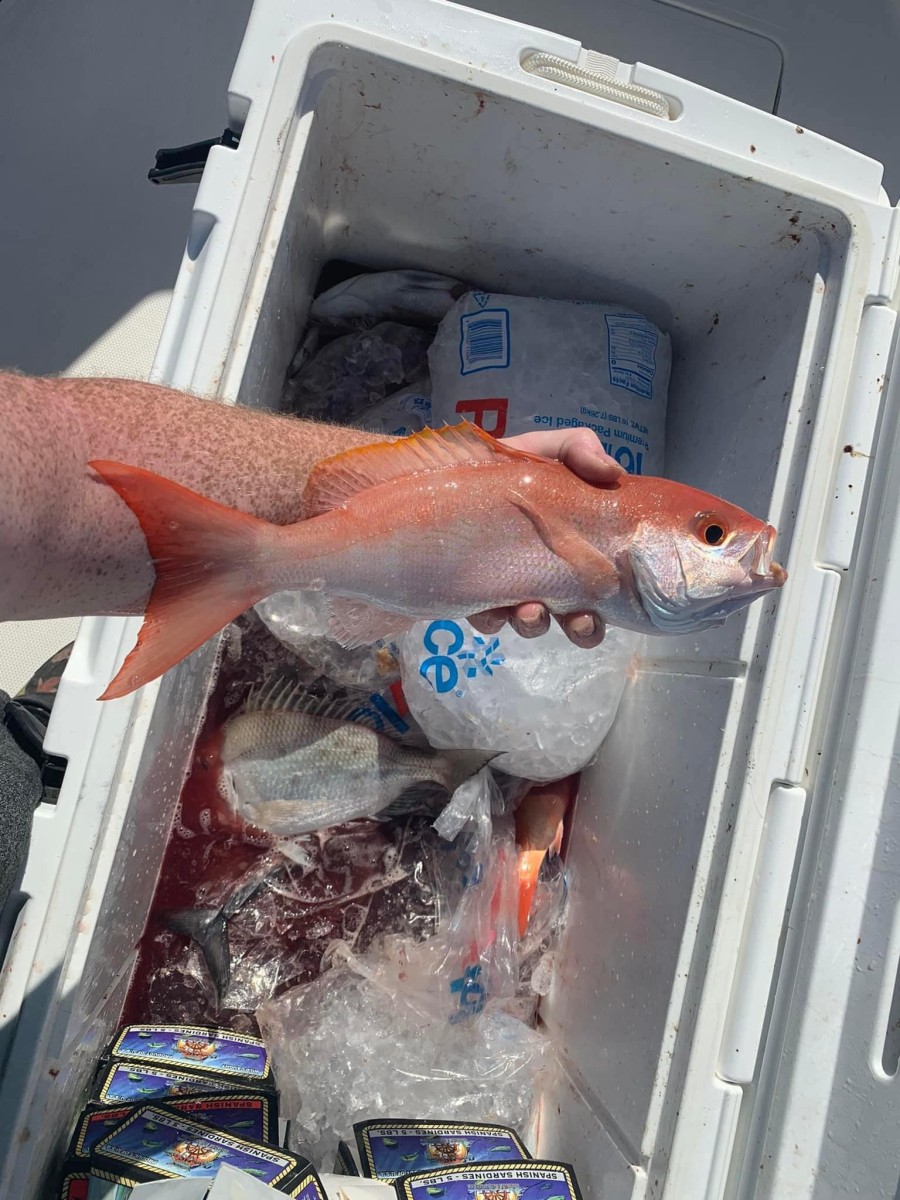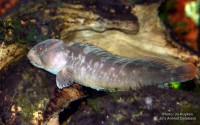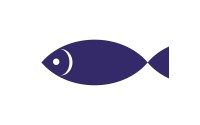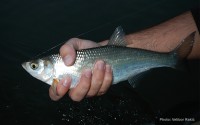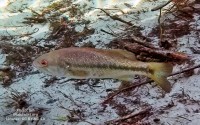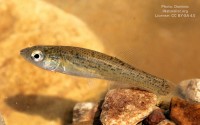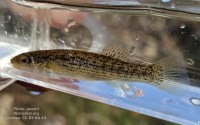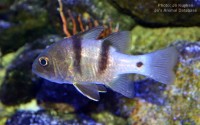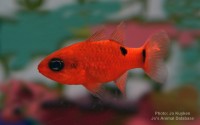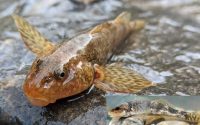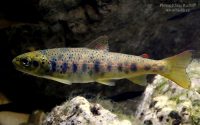Vermilion snapper
(Rhomboplites aurorubens)
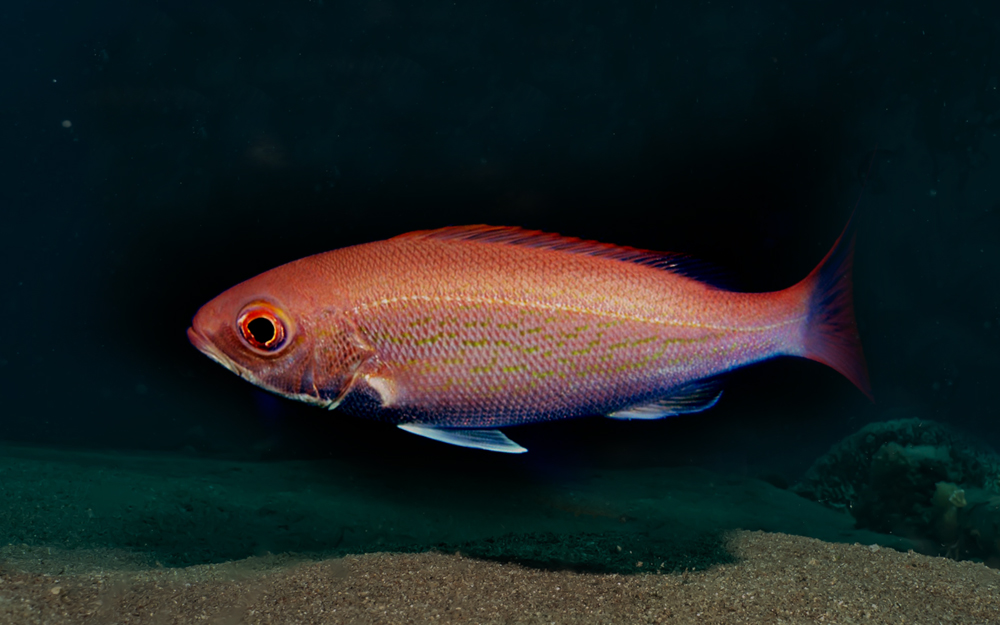
Classification
General data
The vermilion snapper has an elongated, oblong body, with a short snout, a slightly protruding lower jaw and a small mouth. There are two pairs of nostrils on the snout, front and rear, which are simple holes. The upper jaw slides under neath the cheekbones when the mouth is shut. There are no enlarged canines in the jaws and the vomerine teeth are arranged in a triangular or rhombus shaped patch with a wide rearwards extension and there is a patch of granular teeth on the tongue.
The dorsal fin has 12–13 spines and 10–11 soft rays while the anal fin contains 3 spines and 8 soft rays, and the anal fin is rounded. The pectoral fins contain 17–19 fin rays and are comparatively short, not extending as far as the level of the anus. The caudal fin is forked, but not extremely so.
This species attains a maximum total length of 60 cm (24 in), although of 35 cm (14 in) is more typical, and the maximum published weight is 3.2 kg (7.1 lb).
The overall colour is bright red fading to pink on the lower flanks and then to whitish on the abdomen. There is a series of short wavy oblique blue lines on the sides flanks above the lateral line which are created by spots on the scales, there may be yellow streaks below the lateral line.
The anal fin is pinkish red; the caudal fin is red with a black margin, the dorsal fin is red with a yellow margin and the pectoral fins are red.
The vermilion snapper is found in the Western Atlantic Ocean. It ranges from North Carolina and Bermuda south along the eastern coast of the United States to the Bahamas. Then through the Gulf of Mexico and Caribbean Sea southwards along the eastern coast of South America as far as Santa Catarina, Brazil.
It is found at depths between 20 and 300 m (66 and 984 ft). The adults occur at moderate depths, most frequently where there are rock, gravel or sand substrates close to the edge of the continental and island shelves, juveniles are found in shallower waters.
